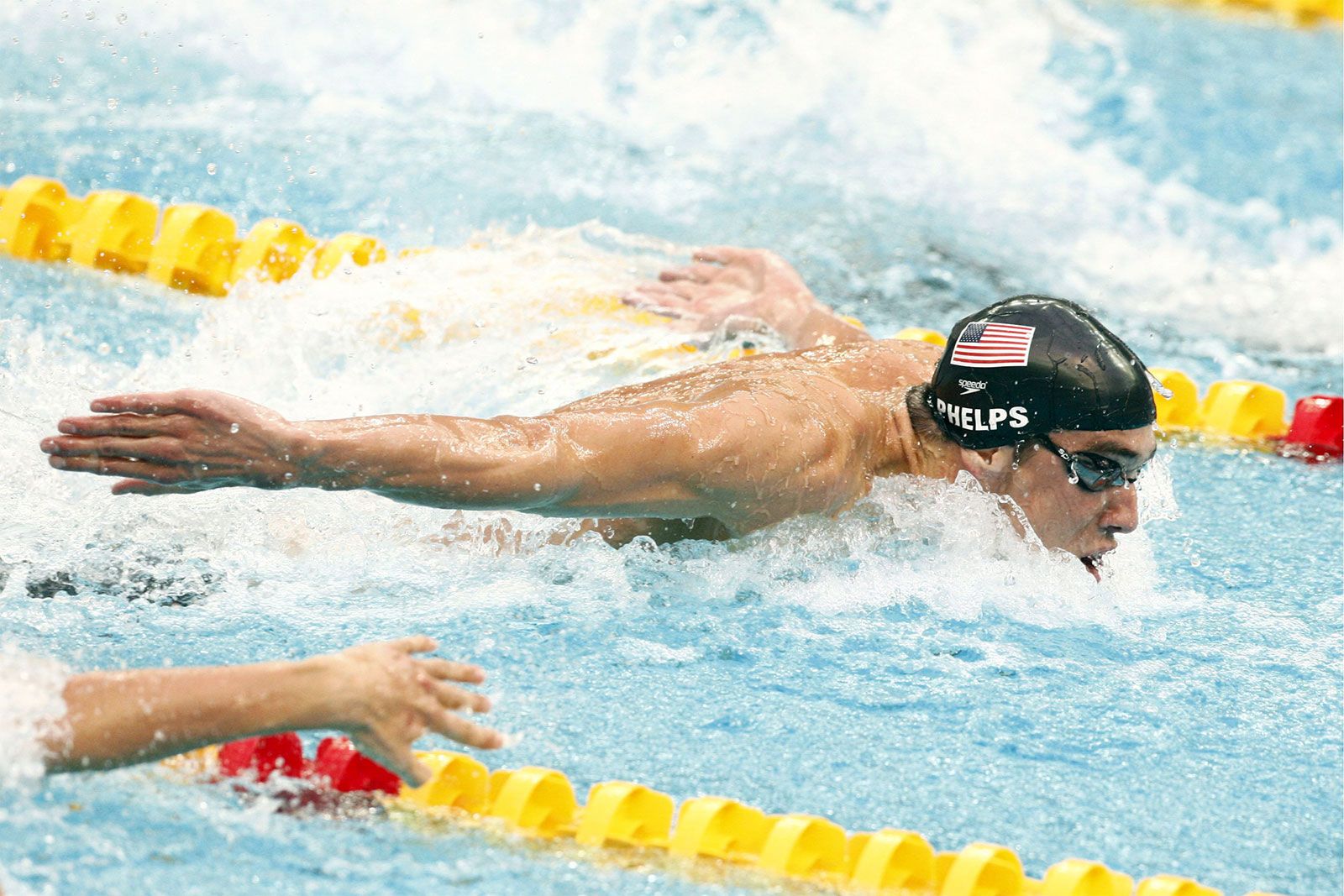Swim without motion—or, more appropriately, explore the phenomenon of motionless micro-swimmers—entails an intricate interplay between fluid dynamics and the exquisite mechanics that govern microscopic entities. These micro-swimmers, which include bacteria and artificial structures designed at the nanoscale, provide profound insights into biological motility, fluid behavior, and the potential for innovative applications in diverse fields such as medicine, robotics, and environmental science. By investigating the dynamics of these organisms and engineered systems that can navigate fluid environments without the conventional propulsion methods, researchers unveil a myriad of opportunities for advancement, challenging traditional perceptions of movement and mobility.
In an era of rapid technological advancement, understanding the dynamics of the aquatic world at the micro-level necessitates an assessment of the fundamental principles of fluid mechanics. Fluid dynamics describes how fluids behave and interact with solid boundaries. At the macro-scale, the Newtonian mechanics of fluids rely on well-established models that apply to grandiose bodies of water. However, when dealing with micro-swimmers, often experiencing viscous forces more significant than inertial forces, this perspective shifts dramatically. Microfluidic environments exemplify a realm where standard equations of motion no longer apply directly, revealing the salient factors governing motion, including shear viscosity and diffusion.
The traditional conception of swimming involves active propulsion characterized by consistent limb movements, which is undeniably prevalent amongst larger aquatic creatures. Nevertheless, micro-swimmers operate under different constraints. For example, Escherichia coli, a common bacterium, utilizes flagella to induce a helical motion through viscous fluids. Despite their motility being visually discernible and detectable, micro-swimmers often seem to exhibit motionlessness in relation to a surrounding medium. This beguiling paradox stems from the relative motion and size scaled down to the microscopic view, where Brownian motion—a type of random movement due to molecular bombardment—plays a crucial role.
The elegance of micro-swimmer behavior is not limited to natural examples. The burgeoning field of robotics has paved the way for the development of artificial micro-swimmers, engineered from materials such as hydrogels or structured nanoparticles. These micro-robots can mimic the features and functionalities of biological systems without exhibiting continuous physical movement. By manipulating external forces, such as magnetic or thermal energy, these devices can traverse fluid environments, delivering drugs to targeted regions in the body or detecting pollutants in water sources with minimal mechanical movement.
Crucially, motionless micro-swimming operates on principles distinct from their macroscopic counterparts, offering a novel perspective on the interaction between movement and the surrounding fluid. For instance, phenomena like differential diffusion describe how various particles diffuse at differing rates, which can be harnessed to separate particles or facilitate the assembly of complex structures. Moreover, the design of micro-swimmers mandates a keen understanding of surface interactions, where the wettability and adherence of these entities to surfaces can dictate their effectiveness in therapeutic applications.
In biological contexts, understanding how luxurious motility can occur in the seeming absence of motion is paramount. The mechanisms underpinning motility on a micro-level often involve complex signaling pathways, where chemical gradients direct cellular activities, creating localized concentrations of ions or nutrients that can generate motion indirectly. By probing the interface between motion and signaling, it is possible to discern new pathways in cellular behavior, potentially revolutionizing the approaches to various diseases, including cancer.
Moreover, these principles extend beyond the biological realm. The environmental implications of motionless micro-swimmers are vast, particularly in bioremediation processes. Microscopic entities capable of selectively interacting with contaminants in aquatic systems can significantly enhance the efficiency of pollutant degradation or toxin removal. Utilizing engineered micro-swimmers equipped with specific receptors can create a targeted approach to detoxify environments, thereby preserving ecological balance.
This brings to light the need for interdisciplinary collaboration, integrating insights from physics, biology, engineering, and environmental science. The quest to understand and enhance motionless micro-swimmers presents a fertile ground for a diverse array of researchers aiming to unravel complex biological systems and innovate practical solutions to pressing global challenges.
Nevertheless, challenges remain prevalent in the study and application of motionless micro-swimmers. The characterization of their movement remains a labyrinthine task, primarily due to their interaction with fluctuating fluidic environments. The fact that visualizing these micro-scale phenomena requires advanced imaging techniques signifies the necessity for continual technological development within this field. Innovations such as holographic microscopy enable more sophisticated tracking and analysis of the behavior of micro-swimmers, unraveling their path through an otherwise opaque fluidic milieu.
Additionally, as the scientific community delves deeper into the realm of stationary fluid movement, ethical considerations must also surface in discussions surrounding bioengineering and synthetic micro-swimmers. The potential implications on environmental systems, human health, and ecological dynamics warrant careful examination to preempt unintended consequences of deploying such technologies in real-world scenarios.
In conclusion, the science of motionless micro-swimmers transcends conventional notions of movement, propelling a paradigm shift in our understanding of fluid dynamics and biological motility. By challenging our perspectives, embracing interdisciplinary collaboration, and fostering innovative technological solutions, the exploration of these micro entities fosters a myriad of potential applications that can address some of the world’s most pressing challenges. Future research holds the promise of peering into the depths of these mesmerizing organisms and their artificial counterparts, revealing unprecedented insights into the intricate ballet of life at the microscale.












